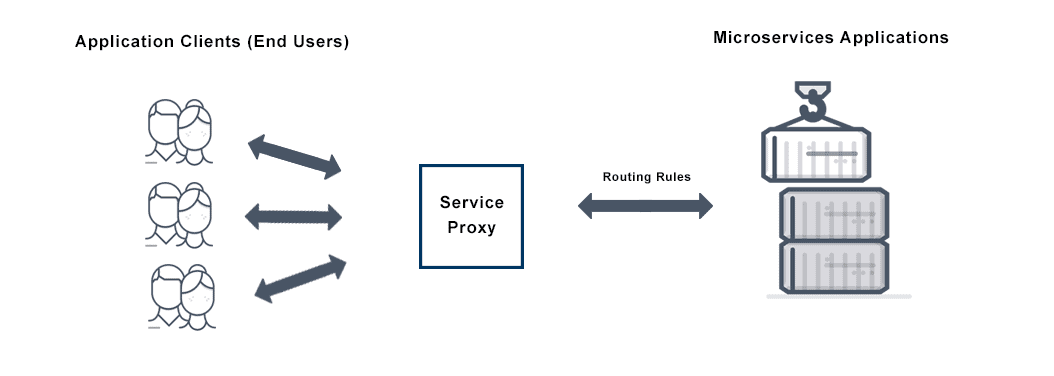What is a Service Proxy/kube proxy?
In Kubernetes, a Service Proxy or kube-proxy is a component responsible for network proxy and load balancing within the cluster. Its primary purpose is to manage network connectivity to services in a Kubernetes cluster.

Here's a breakdown of its key responsibilities:
Service Discovery: kube-proxy helps with service discovery by maintaining a set of rules to forward network requests to the appropriate pods that belong to a service. This is crucial because pods in a Kubernetes cluster can have dynamic IP addresses, and services provide a stable endpoint for accessing them.
Load Balancing: When multiple pods back a service, kube-proxy can distribute incoming network traffic among those pods to balance the load. This load balancing helps ensure that no single pod is overwhelmed with requests, improving the overall performance and reliability of the service.
Virtual IP (VIP): kube-proxy creates a virtual IP (VIP) for each service. Clients within the cluster can connect to this VIP to access the service, and kube-proxy ensures that the traffic is directed to the appropriate pods.
Network Address Translation (NAT): kube-proxy performs Network Address Translation to rewrite the source IP of packets as they traverse the node. This is done to make it appear as if the traffic is coming from the node itself, ensuring that responses find their way back to the correct source.